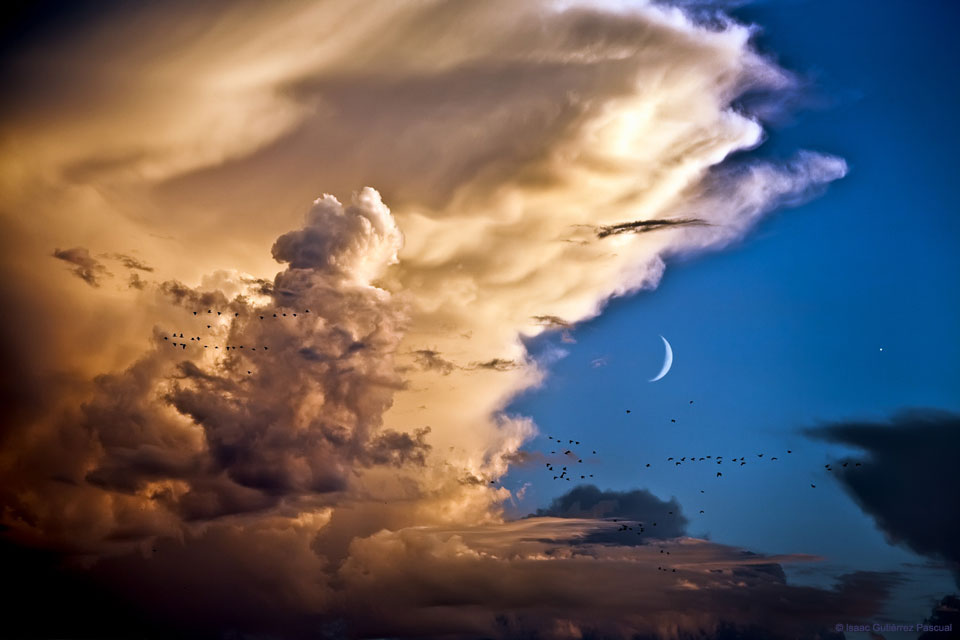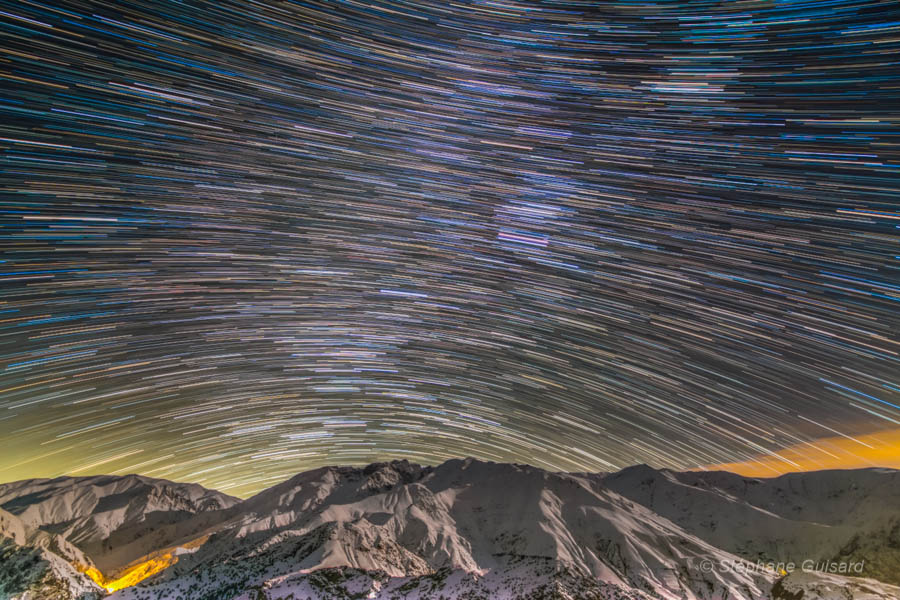
Clouds, Birds, Moon, Venus

Massachusetts Students to Speak with NASA Astronaut on Space Station
Students from the University of Massachusetts Dartmouth (UMass Dartmouth,) will speak with NASA astronaut and alumnus Scott Tingle, who is living and working aboard the International Space Station, at 12:30 p.m. EST Tuesday, March 6. The 20 minute, Earth-to-space call will air live on NASA Television and the agency’s website.
from NASA http://ift.tt/2I1CduY
via IFTTT![]()
Jovian ‘Twilight Zone’
Alborz Mountain Star Trails

NASA, ULA Launch Advanced NOAA Weather Satellite
NASA successfully launched the second in a series of next-generation weather satellites for the National Oceanic and Atmospheric Administration (NOAA) at 5:02 p.m. EST Thursday.
from NASA http://ift.tt/2CSu4Fd
via IFTTT![]()
Next-Generation Weather Satellite GOES-S Lifts Off

NASA Awards Professional Services Contract
NASA has awarded a contract to Alutiiq-Fusion Joint Venture of Chesapeake, Virginia, for administrative, media and professional services at the agency’s Langley Research Center in Hampton, Virginia.
from NASA http://ift.tt/2FeppCJ
via IFTTT![]()
‚Twas the Night Before Launch
California, Arizona Students to Speak with Astronauts on Space Station
Two astronauts living and working aboard the International Space Station will talk live with students in Arizona and California on Friday, March 2. The separate Earth-to-space calls will air live on NASA Television and the agency’s website.
from NASA http://ift.tt/2oClSEP
via IFTTT![]()



